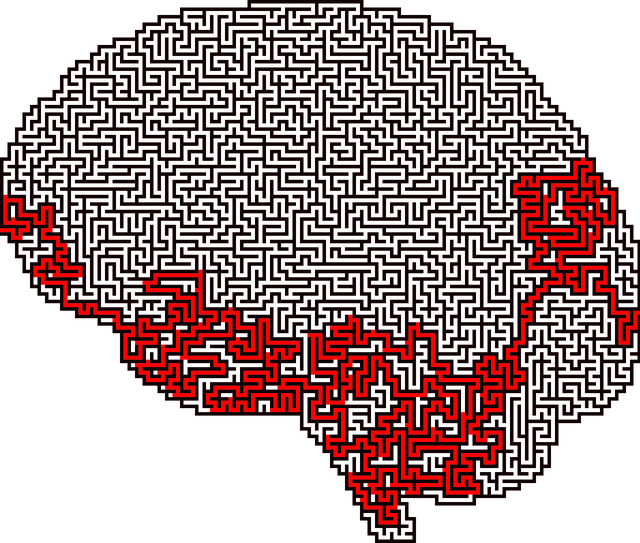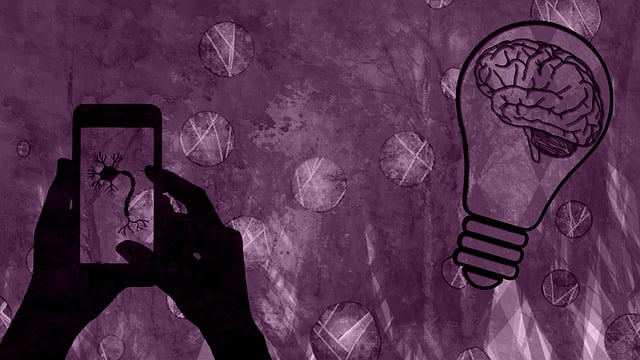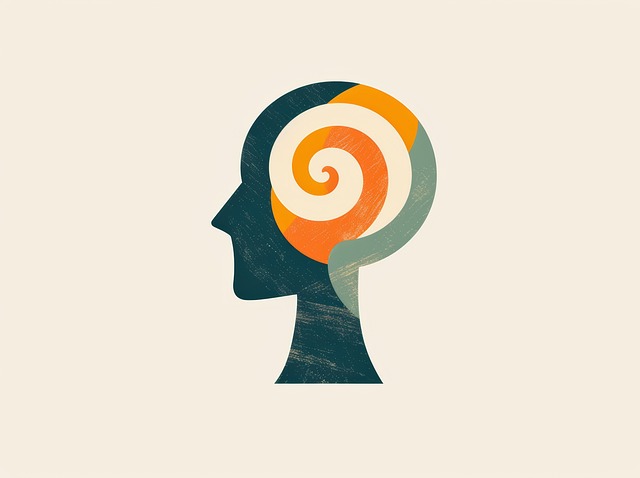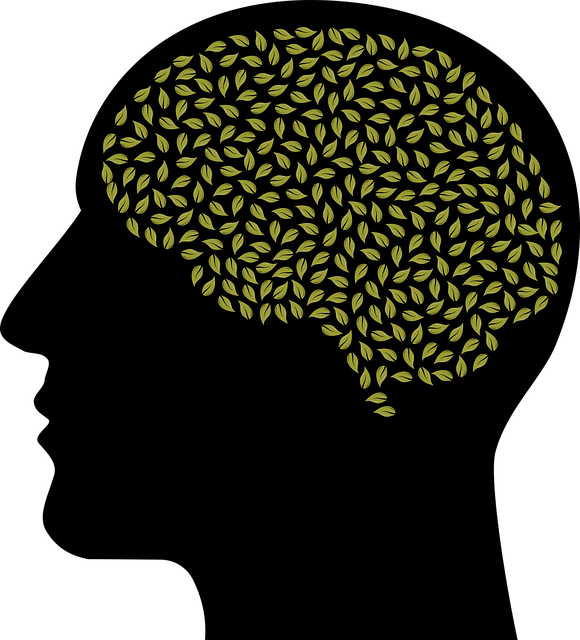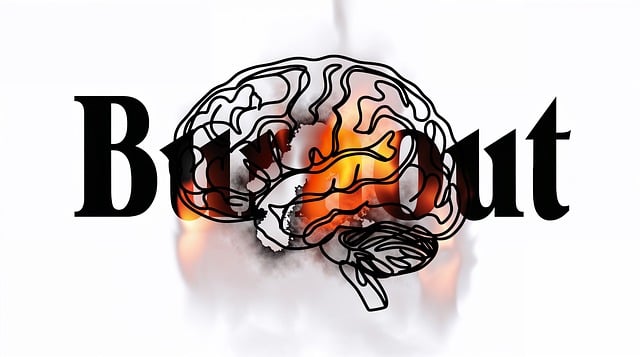Creating effective public awareness campaigns for ADD-ADHD involves understanding the neurodevelopmental condition's unique challenges, promoting early intervention, and offering practical strategies. Campaigns should target diverse audiences with tailored content, integrating self-care practices and social skills training. Creative tools like art and games enhance engagement, while evaluations using surveys and focus groups ensure message relevance and community impact, including improvements driven by feedback mechanisms. Key aspects include highlighting therapy options, evaluation processes, and recent research advancements for comprehensive awareness efforts.
Public awareness campaigns play a pivotal role in educating communities about neurodivergent conditions, notably Attention Deficit Disorder (ADD) and Attention Deficit Hyperactivity Disorder (ADHD). This article delves into the strategic development of such campaigns, focusing on understanding ADD-ADHD to inform therapy for children. We explore effective communication strategies tailored to diverse audiences, creative tools enhancing engagement, and the crucial aspect of evaluating success through comprehensive assessments. By utilizing these approaches, we can significantly impact public perception and improve outcomes for individuals with ADD-ADHD.
- Understanding ADD-ADHD: The Foundation of Awareness Campaigns
- Designing Effective Communication Strategies for Target Audiences
- Incorporating Creative Tools and Resources for Engagement
- Measuring Success and Impact: Evaluations for Continuous Improvement
Understanding ADD-ADHD: The Foundation of Awareness Campaigns

Understanding ADD-ADHD is a fundamental step in creating effective public awareness campaigns. This neurodevelopmental condition, characterized by challenges with attention, hyperactivity, and impulsivity, often presents unique barriers for affected individuals. Public education plays a pivotal role in reducing stigma and promoting support systems. By highlighting the latest research and therapeutic advancements, such as therapy for children with ADD-ADHD evaluations, these campaigns can empower parents, caregivers, and educators to recognize symptoms early on. Early intervention is crucial for managing the condition effectively.
Campaigns should also emphasize practical strategies like stress management workshops, mindfulness meditation techniques, and mood management skills. These tools not only help individuals with ADD-ADHD navigate their daily lives more successfully but also foster a sense of understanding and acceptance within their communities. Incorporating these aspects ensures that awareness efforts are comprehensive and truly beneficial for those living with the condition.
Designing Effective Communication Strategies for Target Audiences

Developing engaging public awareness campaigns requires tailoring communication strategies to specific target audiences. For campaigns focusing on mental health and conditions like ADD-ADHD, understanding diverse demographics is vital. Children, for instance, need simple, age-appropriate messaging that incorporates visuals and storytelling to capture their attention and convey crucial information about therapy and evaluations.
Effective strategies can incorporate Self-Care Practices and Social Skills Training as essential components of awareness, highlighting resources available to support children and families navigating ADD-ADHD diagnoses. Additionally, ensuring Healthcare Provider Cultural Competency Training is integral to these campaigns ensures that adults responsible for implementing and sharing this information are equipped to address diverse needs with sensitivity and accuracy.
Incorporating Creative Tools and Resources for Engagement

Incorporating creative tools and resources is a powerful strategy to enhance public awareness campaigns, especially when targeting children with conditions like ADD-ADHD. These campaigns can benefit from incorporating engaging activities that stimulate self-awareness exercises, which are vital for individuals with these disorders. By using art, music, or interactive games, campaign organizers can facilitate emotional regulation—a key aspect of therapy for children with ADD-ADHD evaluations. Creative approaches allow for a unique and personalized learning experience, making complex topics more digestible and fun.
Furthermore, creative resources can provide an avenue for trauma support services within these campaigns. Through storytelling, drama activities, or even virtual reality simulations, individuals can process and share their experiences in a safe and controlled manner. This method encourages emotional expression and fosters a sense of community, ensuring that essential messages resonate with audiences on a deeper level.
Measuring Success and Impact: Evaluations for Continuous Improvement

Measuring success and impact is a vital component of any public awareness campaign. To ensure effectiveness, evaluations should be implemented to assess both short-term and long-term outcomes. These assessments can take various forms, such as surveys, focus groups, or direct observation, allowing for a comprehensive understanding of how the campaign resonates with target audiences. By gathering data on knowledge gain, behavior change, and emotional responses, organizers can identify what strategies are working and where adjustments are needed.
For campaigns aimed at raising mental health awareness or implementing empathy-building strategies like Conflict Resolution Techniques for Children with ADD-ADHD, evaluations play a crucial role in refining approaches. Regular feedback mechanisms enable campaign developers to adapt their messages and methods, ensuring that efforts remain relevant and impactful over time. This iterative process fosters continuous improvement, ultimately leading to more successful outcomes and positive change in the community.
Public awareness campaigns play a pivotal role in educating communities about Attention Deficit Disorder (ADD) and Attention Deficit Hyperactivity Disorder (ADHD), dispelling myths, and fostering understanding. By combining comprehensive knowledge with engaging strategies, these campaigns can significantly impact the lives of individuals affected by ADD-ADHD. Effective communication tailored to diverse audiences, enhanced by creative tools, ensures that valuable resources reach those who need them most. Regular evaluations and continuous improvement based on measured impacts are essential to optimizing the success of these initiatives. Through dedicated efforts, we can advance therapy for children with ADD-ADHD and create a more inclusive society.
